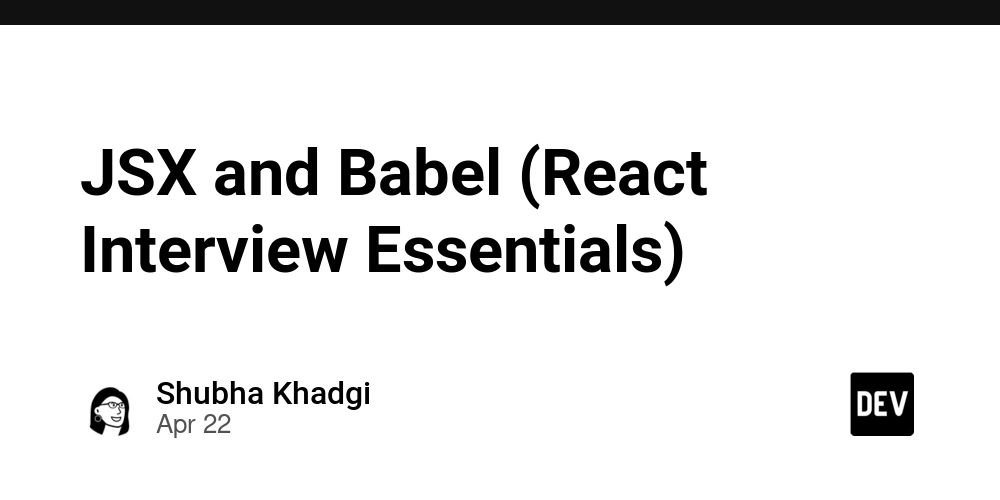Declarative & Reactive Angular Resource Signal Server-State Management [EN]
By using only signal & resource / httpResource / rxResource provided by Angular, we can build an optimized, reliable, scalable, and clean server-state management solution. What does server-state management mean? For me, it mainly means being able to know the loading status of a request to the backend. For example, when fetching a list of users, I want to know if the data is loading, loaded, or if an error occurred. Similarly, when updating a user, I want to know the loading state of the user update operation. Thanks to the new resource methods introduced by the Angular team, we can now track the loading status of each action (request) we implement. First, I will introduce the minimalist solution I developed, explain how to use it, the limitations of what can be done, and finally detail the internal workings of the tool and the challenges I faced. How to use server-state management with Angular's resource?
![Declarative & Reactive Angular Resource Signal Server-State Management [EN]](https://media2.dev.to/dynamic/image/width=800%2Cheight=%2Cfit=scale-down%2Cgravity=auto%2Cformat=auto/https%3A%2F%2Fdev-to-uploads.s3.amazonaws.com%2Fuploads%2Farticles%2Ffjrfb13qjrvdfxaz8bca.gif)
By using only signal & resource / httpResource / rxResource provided by Angular, we can build an optimized, reliable, scalable, and clean server-state management solution.
What does server-state management mean?
For me, it mainly means being able to know the loading status of a request to the backend.
For example, when fetching a list of users, I want to know if the data is loading, loaded, or if an error occurred.
Similarly, when updating a user, I want to know the loading state of the user update operation.
Thanks to the new resource methods introduced by the Angular team, we can now track the loading status of each action (request) we implement.
First, I will introduce the minimalist solution I developed, explain how to use it, the limitations of what can be done, and finally detail the internal workings of the tool and the challenges I faced.









































































































































































![[The AI Show Episode 144]: ChatGPT’s New Memory, Shopify CEO’s Leaked “AI First” Memo, Google Cloud Next Releases, o3 and o4-mini Coming Soon & Llama 4’s Rocky Launch](https://www.marketingaiinstitute.com/hubfs/ep%20144%20cover.png)



































































































































![From fast food worker to cybersecurity engineer with Tae'lur Alexis [Podcast #169]](https://cdn.hashnode.com/res/hashnode/image/upload/v1745242807605/8a6cf71c-144f-4c91-9532-62d7c92c0f65.png?#)























![BPMN-procesmodellering [closed]](https://i.sstatic.net/l7l8q49F.png)



















































































.jpg?#)
.jpg?#)
.jpg?#)

































































































































![CarPlay app with web browser for streaming video hits App Store [U]](https://i0.wp.com/9to5mac.com/wp-content/uploads/sites/6/2024/11/carplay-apple.jpeg?resize=1200%2C628&quality=82&strip=all&ssl=1)
![What’s new in Android’s April 2025 Google System Updates [U: 4/21]](https://i0.wp.com/9to5google.com/wp-content/uploads/sites/4/2025/01/google-play-services-3.jpg?resize=1200%2C628&quality=82&strip=all&ssl=1)













![Apple Releases iOS 18.5 Beta 3 and iPadOS 18.5 Beta 3 [Download]](https://www.iclarified.com/images/news/97076/97076/97076-640.jpg)
![Apple Seeds visionOS 2.5 Beta 3 to Developers [Download]](https://www.iclarified.com/images/news/97077/97077/97077-640.jpg)
![Apple Seeds tvOS 18.5 Beta 3 to Developers [Download]](https://www.iclarified.com/images/news/97078/97078/97078-640.jpg)
![Apple Seeds watchOS 11.5 Beta 3 to Developers [Download]](https://www.iclarified.com/images/news/97079/97079/97079-640.jpg)
































































































































